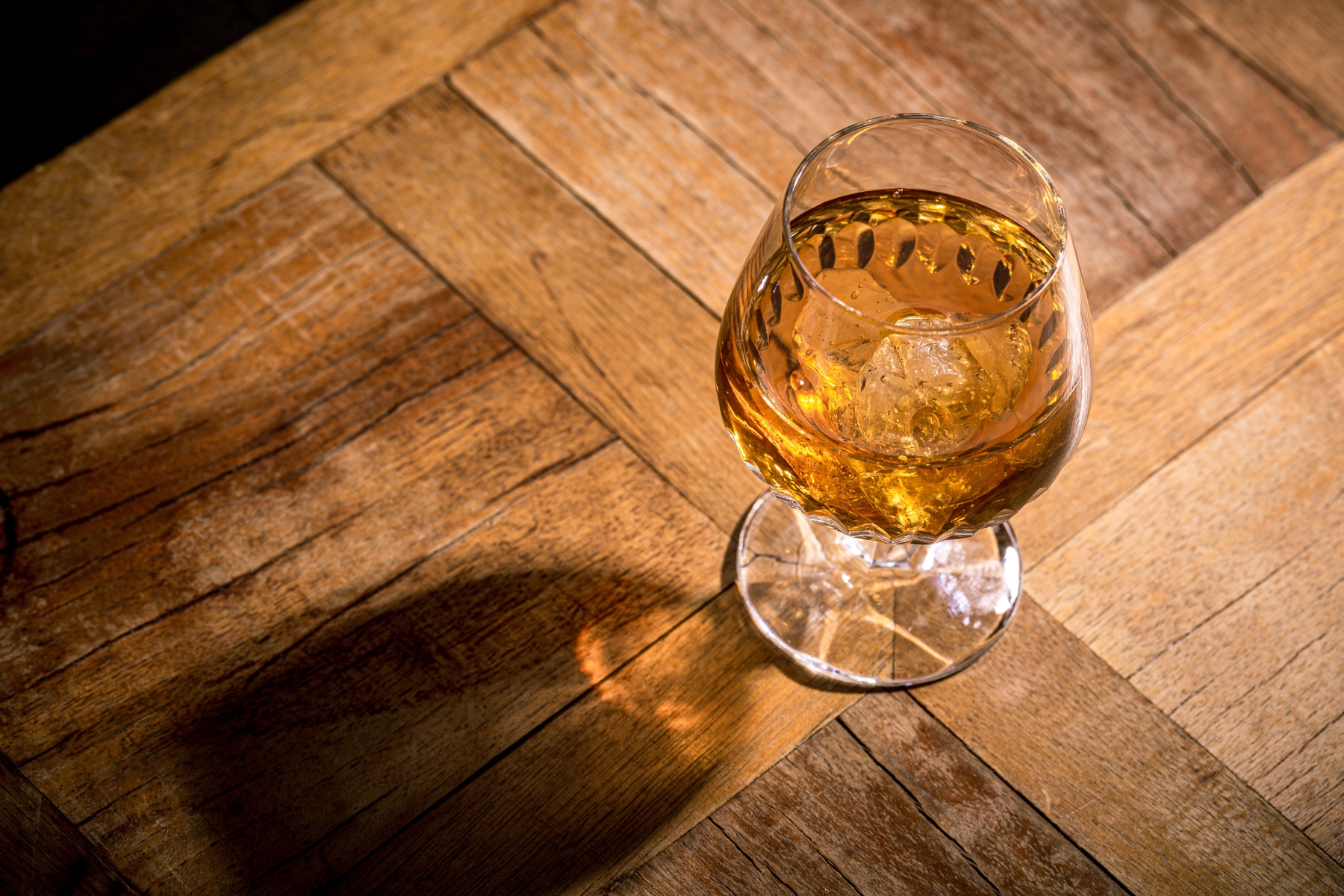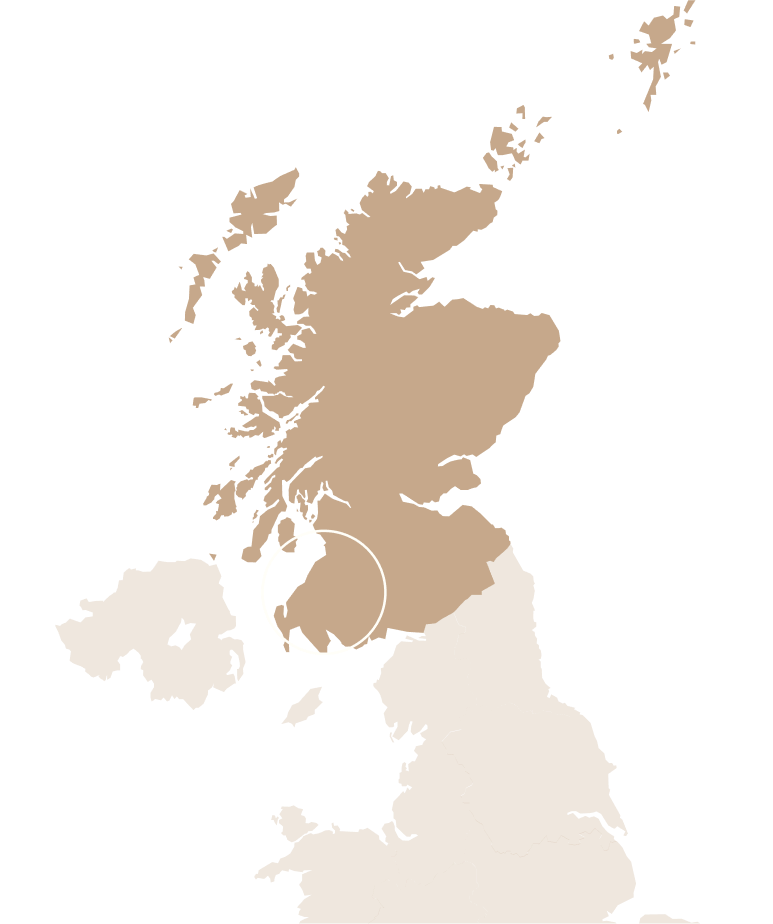A Guide to Scotch Whisky Regions - Lowlands


by Matt Chambers
at Whisky for Everyone
28.06.23
The most underrated and least understood of all Scotland’s whisky regions
Historically much of the single malt whisky produced in the Lowlands was destined for use in blended Scotch, but now they are beginning to make a name for themselves.
The number of distilleries in the area has grown significantly during the last decade due to the craft distilling boom. New distilleries are popping up all over the region in both rural settings and major city centres.
Prior to that just three single malt distilleries remained in the region following the tough period of the 1980s and 1990s. Now, new names sit alongside the old and traditional distilleries that held the torch for the Lowlands during darker times. It is the Lowlands’ time to shine.



